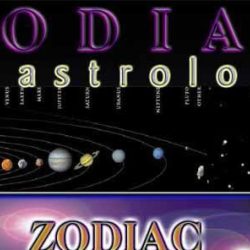Joe Perez said… hi alan – i’m looking forward to reading more aurobindo next year. i feel a kinship with your thoughts on aurobindo, wilber, etc, but hesitate to comment more because my knowledge of aurobindo is superficial. but I have studied Hegel in some degree of depth, and I find Aurobindo’s prose to be more or less of the same difficulty. That is to say, extremely “abstract.” And yet it is beautiful, more so than … well, very much so. I hope you can find a way to communicate Aurobindo’s genius in more plain language. joe 12:05 AM
m alan kazlev said… Hi Joe, I have to say I have found ideas in your blog very helpful in further developing and widening my understanding of Integral and the Integral movement.
Yes much of Sri Aurobindo’s writings are heavy in style, perhaps because of his English private school upbring. Interestingly his Letters on Yoga (it’s since been published under another title, On Yoga or some such) are very easy to read; they’re just extracts from letters to disciples, replying to their questions (unfortunately the disciples letters are not included, so the complete context is at times hard to follow).
It took me a long time to learn how to read S.A.’s heavier books like The Life Divine and Synthesis on Yoga. I eventually realised you have to read just small parts here and there, whatever line or paragraph grabs your inspiration, and allow your inner being to be receptive to and uplifted by the Meaning behind the words. It’s the same with reading Ramana Maharshi, or any great sage. Approached on that level, Sri Aurobindo isn’t abstract at all!
I could never read his books from cover to cover, but Tusar seems to approach them in a more scholarly way, and that’s fine too. If you would like a good idea of what he is on about, but don’t want to have to plough through hundreds of pages of philosophy, I would recomend just read the last four chapters of The Life Divine. That way you go straight to his message of spiritual evolution pure and simple!For a while now I have felt more of an affilation with Synthesis of Yoga, which is more practical and mystical than philosophical in approach.
Then I discovered Sri Ramana, who is even more important to me now, as he teaches the realisation of the non-dual Self, which is necessary if one is to then progress to the stages beyond that, which is what Sri Aurobindo teaches (these stages, culminating in the Supreme individual and collective Realisation of the Supramental Godhead, are all described in those last four chapters of The Life Divine). Of course, for us ordinary mortals, even Self-Realisation (basic Enlightenment) is a huge task!
For me philosophy is mostly of little interest, perhaps because of that abstract quality that you refer to, although I appreciate for some it is a genuine sadhana (spiritual path). The way I tend to communicate what Sri Aurobindo taught is to focus on the practical and mystical side of the teachings, and their implications for the integral paradigm and the Earth as a whole. Of course that leaves out all the more purely philosophical and intellectual stuff, as well as all the poems and the political and social commentary.
But Sri Aurobindo is like an ocean, and it isn’t possible to encompass the whole ocean. One can only splash in the shallows. It’s like that when approiaching the teachings of every truly great sage. 3:09 AM
Posted by Tusar N Mohapatra at 10:48 PM 0 comments Links
Article Source : http://seof.blogspot.com/2006_12_01_archive.html

